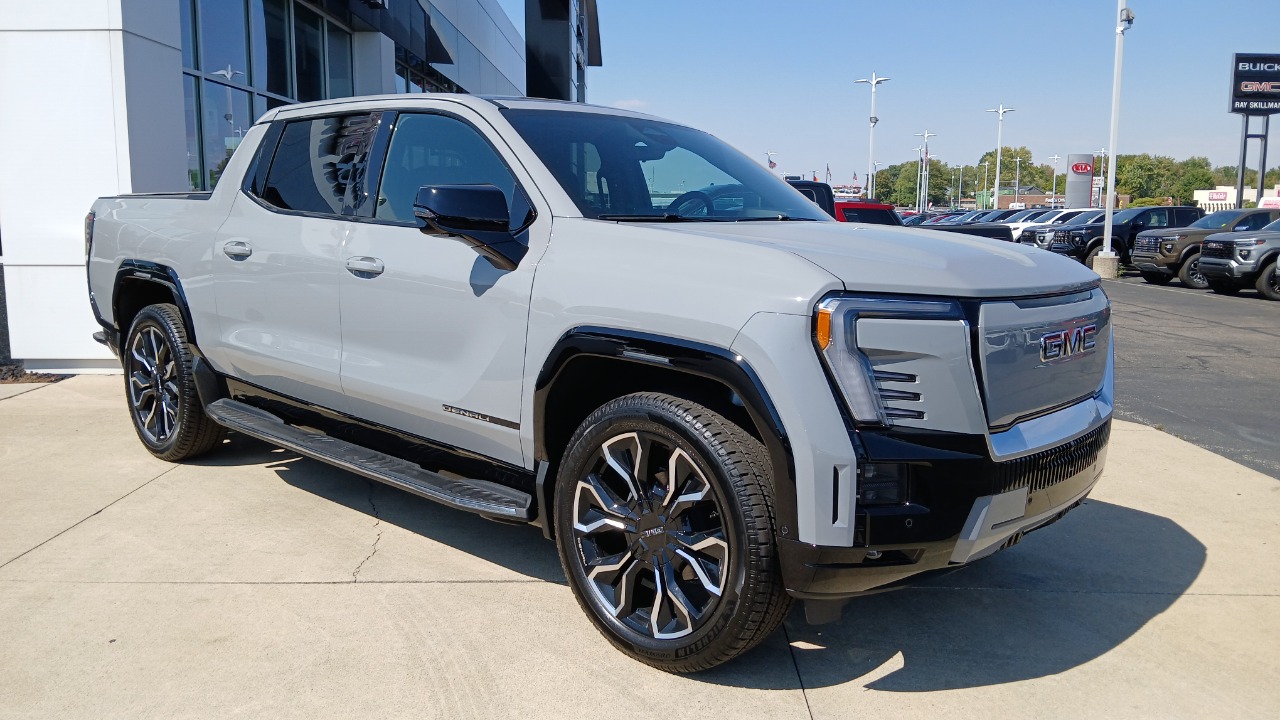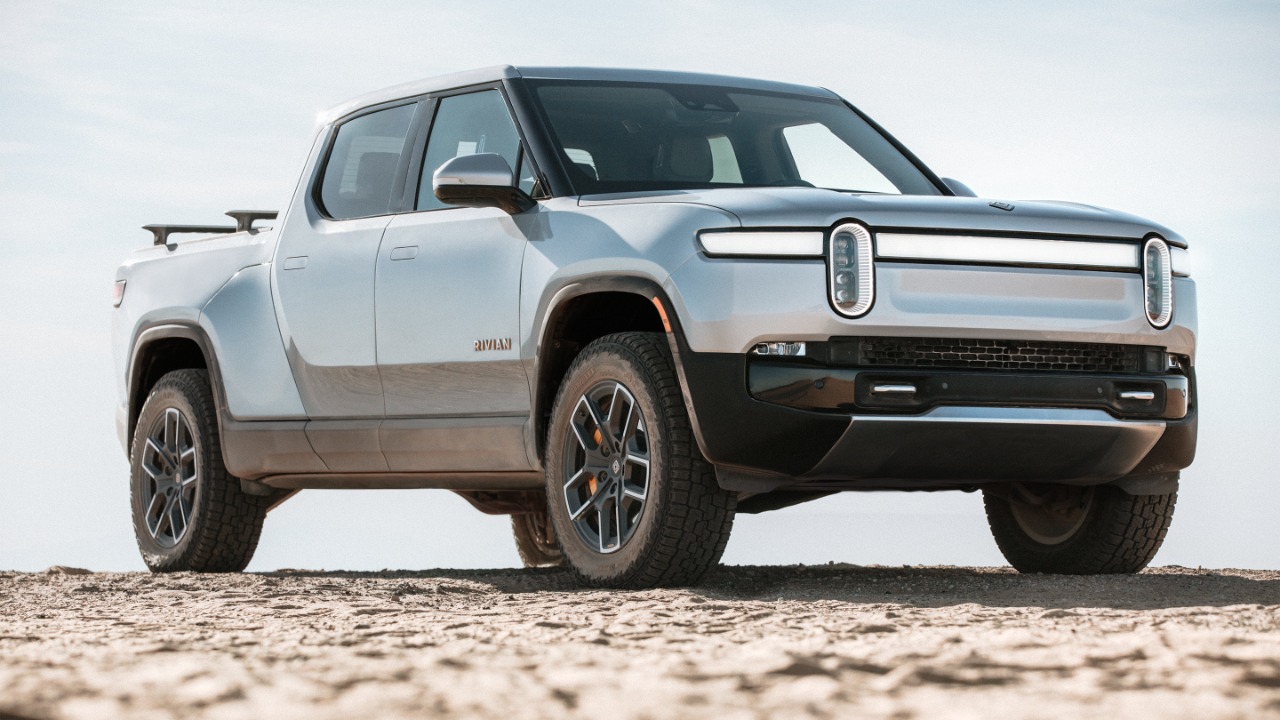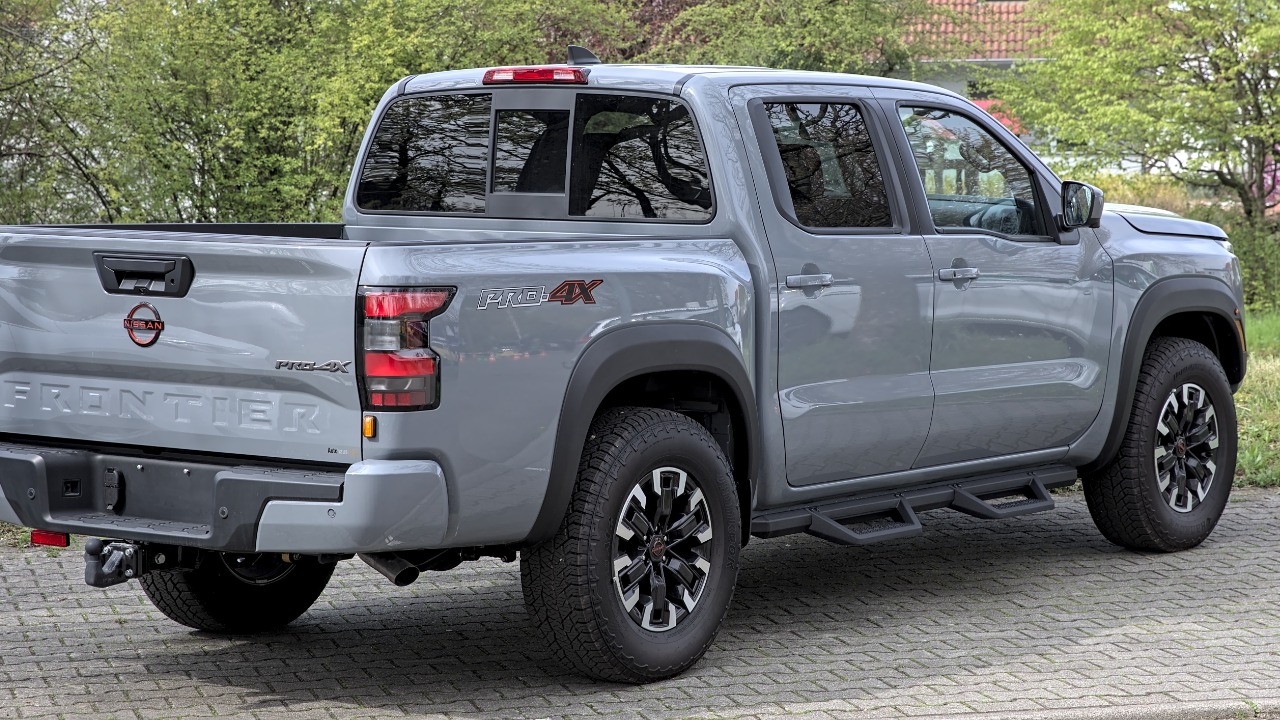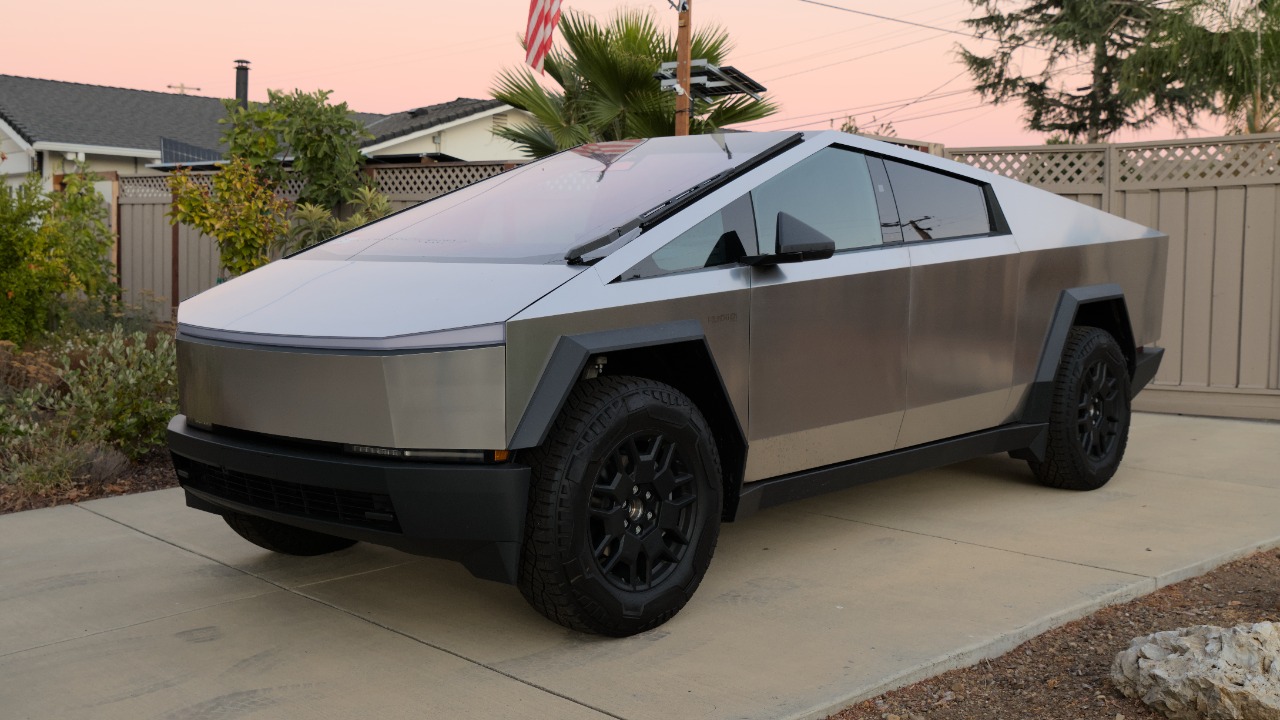
Electric trucks are heralded as the future of sustainable transportation, but they face unique challenges, including susceptibility to rust. Rust is a silent but persistent threat that can degrade electric trucks faster than their internal combustion counterparts, impacting their longevity and performance.
The Science of Rust and Its Impact on Vehicles

Rust is a common yet destructive phenomenon that plagues vehicles, emerging from electrochemical processes that corrode metal. When iron or its alloys are exposed to oxygen and moisture, iron oxides form, leading to rust. This process is exacerbated by the presence of salt, which acts as an electrolyte, accelerating the corrosion. In vehicles, the chassis and other exposed parts are particularly vulnerable to rust, which can compromise their structural integrity over time.
Electric trucks, like all vehicles, use a variety of materials, some of which are more susceptible to rust than others. The use of lightweight materials and metals in electric trucks, designed to offset the heavy battery weight, can often be more vulnerable to corrosion. Compared to traditional vehicles, the presence of electric components and the design choices made to accommodate them can inadvertently increase the risk of rust, impacting the overall durability and safety of these vehicles.
Unique Vulnerabilities of Electric Trucks to Rust

The design of electric trucks introduces unique vulnerabilities, particularly concerning the battery housing and electrical components. These components are often enclosed in metal casings that, if exposed to moisture, can corrode and lead to electrical failures. Rust in these areas can be especially problematic, as it could potentially lead to short circuits or even fires if left unchecked.
Electric trucks also face challenges with weight distribution and load. The heavy batteries often lead to uneven weight distribution, causing stress on certain areas that can exacerbate rust issues. Load-bearing areas, in particular, are prone to corrosion, which can compromise the truck’s ability to safely carry heavy loads. Additionally, design and manufacturing choices made to optimize battery performance and aerodynamics may inadvertently expose certain parts to moisture, increasing the risk of corrosion.
Environmental Factors Accelerating Rust

Environmental conditions play a significant role in the rusting of electric trucks. Humidity and salt exposure, common in coastal and snowy regions, can accelerate rust formation. In areas where road salt and de-icing chemicals are frequently used, the risk of rust is even higher. These chemicals can stick to the truck’s undercarriage, initiating and accelerating the corrosion process.
The urban versus rural settings also present different challenges. Urban areas, with their pollution and traffic, can contribute to faster rusting. In contrast, rural areas might expose vehicles to more dirt and moisture, which can also lead to corrosion. Understanding these environmental impacts is crucial for electric truck owners who wish to mitigate rust and extend their vehicle’s lifespan.
Preventative Measures and Maintenance

To combat rust, several innovative coatings and treatments have been developed. These include advanced rust inhibitors and liquid rust removers that can be applied to vulnerable areas. Regular maintenance, such as washing trucks to remove salt and chemicals and inspecting for early signs of rust, is essential in preventing corrosion.
Technology also offers solutions for rust detection and prevention. Sensors and monitoring systems can alert drivers to the presence of moisture in critical areas, allowing for early intervention. These technologies, combined with proactive maintenance practices, can significantly reduce the risk of rust and keep electric trucks in optimal condition for longer periods.
The Future of Electric Trucks and Rust Challenges

Research and development efforts are ongoing to make electric trucks more resistant to rust through the use of innovative materials and engineering solutions. These advancements aim to enhance the durability of electric trucks while maintaining their sustainability. Industry standards and government policies are also evolving to address these challenges, pushing for more rigorous testing and material requirements to ensure the longevity of electric vehicles.
Consumer awareness and education play a critical role in combating rust. By understanding the risks and taking proactive measures, electric truck owners can protect their investments and contribute to the broader adoption of sustainable transportation. As the industry continues to evolve, educating consumers on rust prevention and maintenance will be key to ensuring the reliability and effectiveness of electric trucks in the long term.